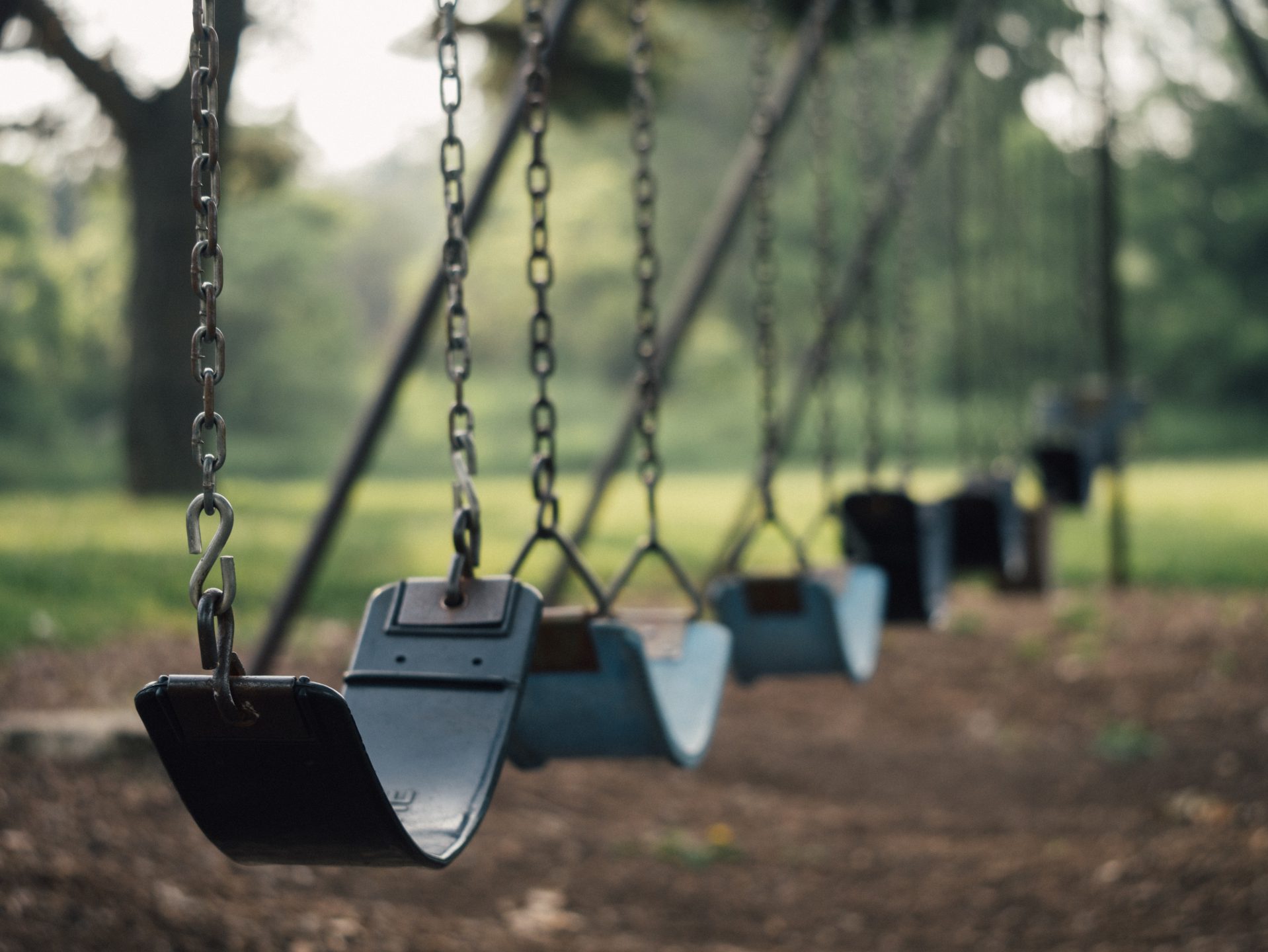Spring is here and the temperatures are beginning to rise. With the warmer weather comes the excitement of children venturing outside to play and returning to their neighbourhood playgrounds. Playgrounds are an essential part of every child’s upbringing. They allow children to exercise and run, climb, jump, slide and play with friends. However, playgrounds can also be the setting for childhood injuries.
According to the Canadian Paediatric Society, at least 29,000 children under the age of 15 are treated in hospital for playground injuries each year in Canada. The research has shown that children between the ages of five and nine years old are at the highest risk of injury. Boys were found to be injured at a slightly higher rate than girls (53% for boys and 47% for girls).
CAUSES OF PLAYGROUND INJURIES
Playground injuries can range from muscle sprains, abrasions, minor cuts and bruises, to bone fractures, head and neck trauma, internal injuries, and strangulation.
A number of factors can play a role in causing playground injuries. These are a few of the most common causes:
- lack of adequate supervision;
- slips, trips and falls;
- poorly maintained or designed playground equipment;
- child on child injuries; and
- dog bites.
PLAYGROUND STRUCTURES
Guidelines for public playground structures were first developed by the Canadian Standards Association in 1990, which included recommendations on the design, installation, and maintenance of playground equipment. These guidelines also recommended the use of impact absorbing surfaces such as sand, pea gravel, wood/bark chips, and rubber. These guidelines have been revised and updated periodically.
The guidelines provide recommendations regarding handrails and guardrails, surface materials, equipment design to prevent falls, labelling play equipment for specific age groups, general drainage and layout of the play area, and criteria for the maintenance and routine inspection to identify hazards. The guidelines are discretionary, they are not law.
SUPERVISION
One of the most important factors associated with children playing at the playground is supervision. Children either are not aware or ignore the risks of climbing safely on playground structures.
Also, playgrounds are often used by teenagers after dark. Therefore it is important to look for any broken glass, cigarette butts, animal waste, and nails or bolts that may be lying around and could be a danger to children.
It is especially important for children to play on age appropriate playground equipment in an attempt to avoid injury. Most playgrounds have separate areas for different age groups. Parents or guardians should ensure that their child plays on age appropriate structures designed for their age and ability in order to stay safe.
It is the parent’s or guardian’s responsibility to ensure that their child is playing safely at all times. A review of the playground conditions, selecting the right equipment for the child’s age and ability, and teaching children about playground safety rules are simple ways to prevent injuries at the playground.
HOW TO STAY SAFE AT THE PLAYGROUND
Cuming & Gillespie Lawyers would like to provide the following recommendations for how to keep our children safe this spring on the playground:
- Actively supervise your children while they are playing on playground equipment;
- Ensure that the slides are not metal, as hot metal has the potential to burn skin;
- Be sure to remain at arm’s reach of your younger children and ready to catch them when they are coming down the slide;
- Avoid playgrounds with non-impact absorbing surfaces such as asphalt, dirt, concrete, gravel or grass and choose a playground with a ground surface made of wood chips, shredded rubber or sand to minimize the risk of falling-related injuries;
- Teach children about playground safety and how to use equipment properly (i.e. slide feet first, no standing on swings etc.);
- Teach children that pushing, shoving or crowding while on playground equipment can be dangerous;
- Dress your child appropriately for the playground and remove all necklaces, scarves or clothing with drawstrings that can get caught on equipment and pose a strangulation hazard;
- Choose the right play area for your child based on your child’s age and ability; and
- Report any playground safety hazards or deficiencies to the organization responsible for the site and do not let your child use the unsafe equipment.
There are times when a child’s injury at a playground is the result of negligence (i.e. lack of maintenance, dangerous playground equipment or design or inadequate supervision). In these cases, your family may be entitled to compensation for your child’s medical expenses and pain and suffering. These types of cases can be complicated and it is important to contact an experienced personal injury law firm to guide you through the process.
If your loved one was seriously injured in a playground accident and you would like information about your legal options, please do not hesitate to contact the experienced and award winning personal injury lawyers at Cuming & Gillespie LLP. Please contact our office for a free case evaluation online or by calling 403-571-0555. We look forward to helping you obtain the compensation you deserve.

